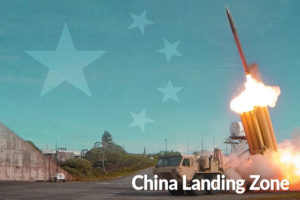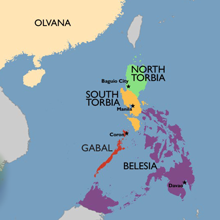Operational Environment
Have you ever felt like your battalion S3 is living in a fantasy world? Has your battalion S3 section, maybe,…
READ STORY
Welcome to the inaugural posting of the DATE World Users Blog. The purpose of this blog is to drive rapid…
READ STORY
The latest Soldiers’s Manual of Common Tasks (SMCT) Visualization from TRADOC G-2: Send a Spot Report (SPOTREP) 071-COM-4080. As an…
READ STORY
Oct. 2021. This visualization depicts the DATE World training environment. This environment allows users the train against pacing and near-peer…
READ STORY
The Decisive Action Training Environment World is the U.S. Army’s official training environment, designed to enable readiness for major pacing…
READ STORY
The TRADOC G-2 is kicking off a new Leadership Professional Development (LPD) series designed to educate the force on…
READ STORY
The TRADOC G-2’s Operational Environment Integration (OEI) Directorate will host the first DATE Users’ Conference on 12-14 January 2021. This…
READ STORY
The update includes the addition of new sub-variable content across the PMESII-PT Framework (totaling over 500 pages of OE content with over 250 sub-variable topics per country).
READ STORY
- « Previous
- 1
- 2
- 3
- Next »







